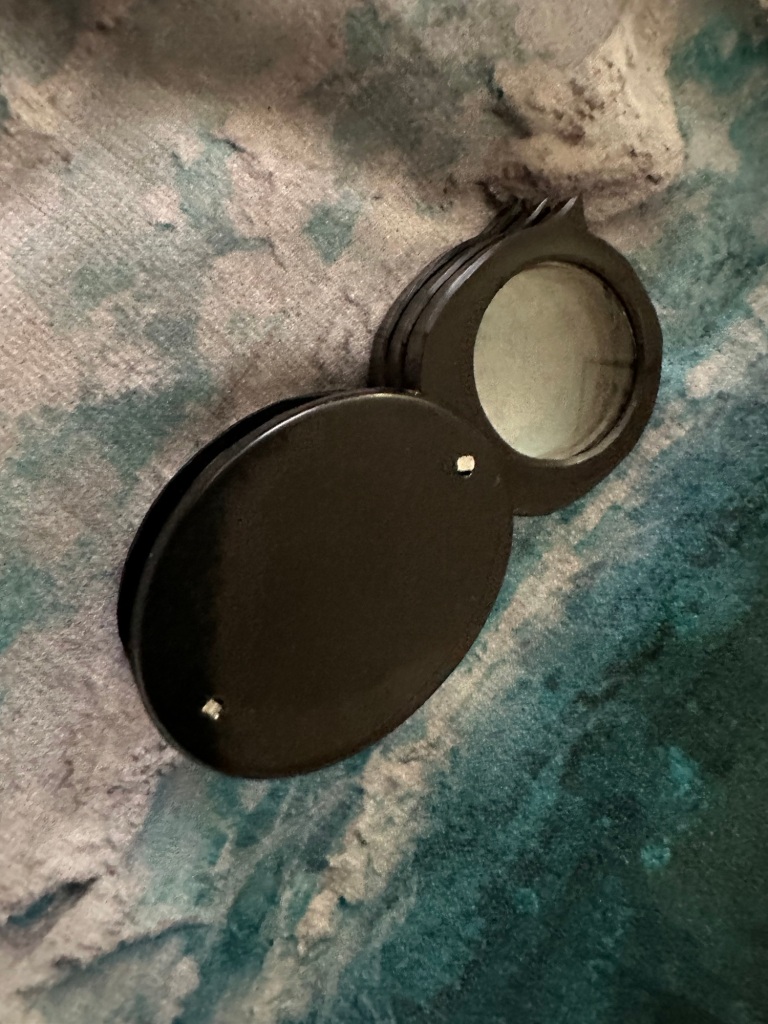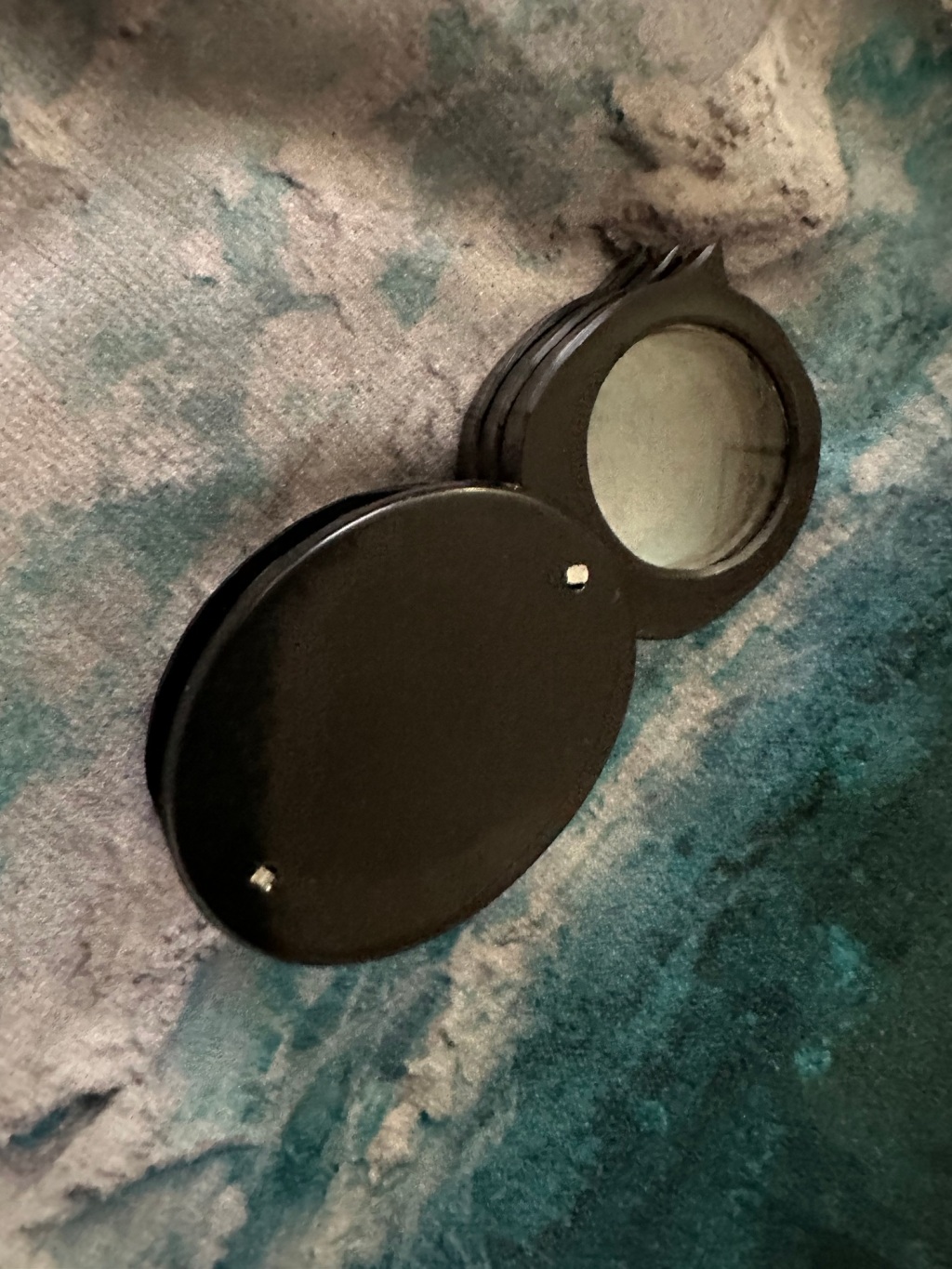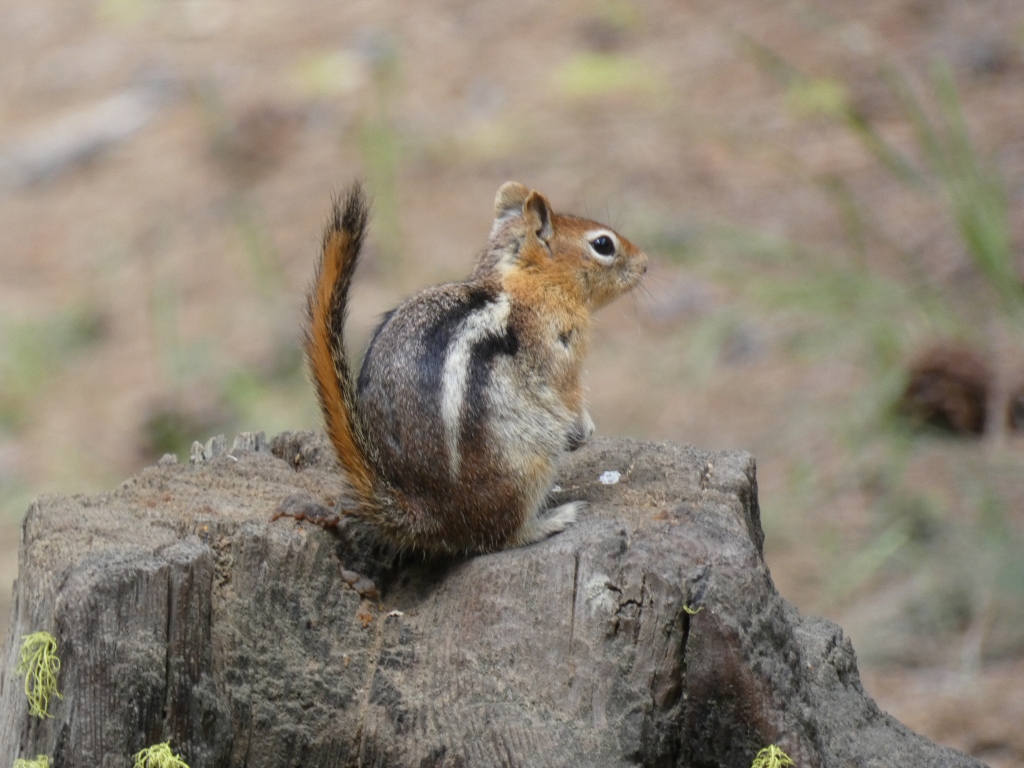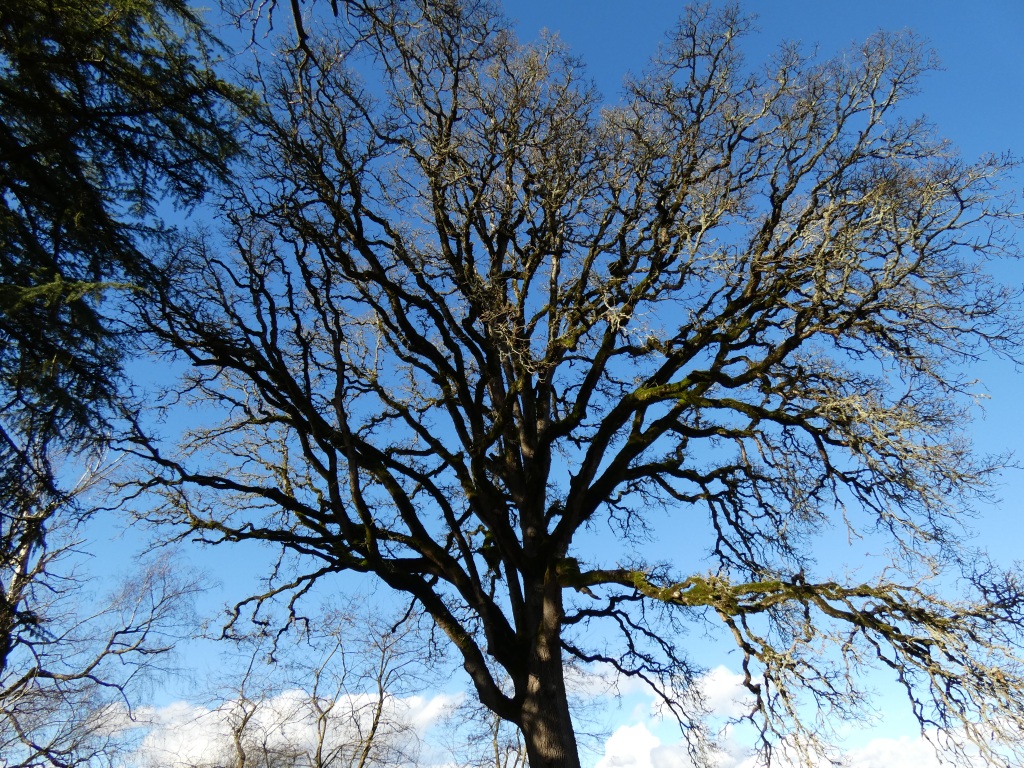
I have always been an enthusiastic observer. I was a curious child, full of questions, and still am as an adult.
But I feel like my approach to observing the world around me has shifted over time. I was often enamored by the grand vistas like mountains and oceans. But when COVID struck, I was no longer off traveling on weeks long trips. I found myself staying much closer to home for many reasons.
So naturally, I started spending more time taking in the spaces around me. And not just from a wide viewpoint. I would spend several hours walking less than a mile. Taking time to look more closely at the plants growing along the path. And as I did, I started to pay closer attention to the animals and fungi as well. I noticed more changes. Started to recognize and name (though not always accurately) the beings I was sharing space with. And then through the practice of nature journaling and increasing my knowledge as a naturalist I began to feel a shift in how I perceived the world.
Looking vs Seeing
Even though they are often used interchangeably, I have felt a shift from looking at the world to seeing it. To me, “looking” feels more passive – taking in the visual input, but not really taking the time or energy to engage with it. I could look at a Great Blue Heron and be able to identify it, then move onto the next thing. “Seeing” feels more active – actually taking time to see something and how it interacts with the world. “Seeing” the Great Blue Heron is taking the time to watch closely how it moves as it hunts, noticing the color variations between this one and one that I’ve seen previously.
And when you take the time to see the world around you, you start to notice a lot more within it. Last autumn, I would encounter dozens of different kinds of fungi on a short walk after having maybe noticed a couple different kinds in the past. I sought to learn their names, more about how to tell them from similar species. Though I am nowhere near confident enough to try eating any that I have found. There are entire worlds all around us. While sitting on a picnic table, I saw two different kinds of spiders. Both stuck near the edge, but moved differently. One had a much more rounded abdomen, while the other was much smaller and flatter. One appeared to be missing the two front legs on its right side, but was no less intent on letting me know that it was there.
The Other Side
The downside to taking more time to see the world around me is that I notice a lot more about how other humans interact with these spaces too. Like the trash discarded into the wetlands – from coffee cups to scooters. Or the cigarette butts jammed into the drying pinecones. It makes me wonder why… or how to get others to show more care and compassion for these spaces. I know education is a start, but how do we get it to stick? The notion that we are nature and it is part of us. That just because these spaces aren’t our home, doesn’t mean there are no consequences for those choices. Maybe there is a future project there somewhere.
Sometimes, those rough encounters in nature give me hope. The fellow human who takes the time to pick something up and throw it away in a proper trash container. Engaging in citizen science projects with other members of my community. Or even something as simple as sharing about the baby birds with neighbors.
Take the Time
I think this is the power of spending time repeatedly in a location. Whether we call it a sit spot or a nature nook, having a strong sense of a place and how the lives of those who pass through it are woven together is powerful. This week, I would encourage you to spend some time – as long as you can – to really be present in a space. Take the time to see it – not just look. Be curious. And maybe show it some care in a way that works for you because even small actions can inspire lasting change.



Leave a comment